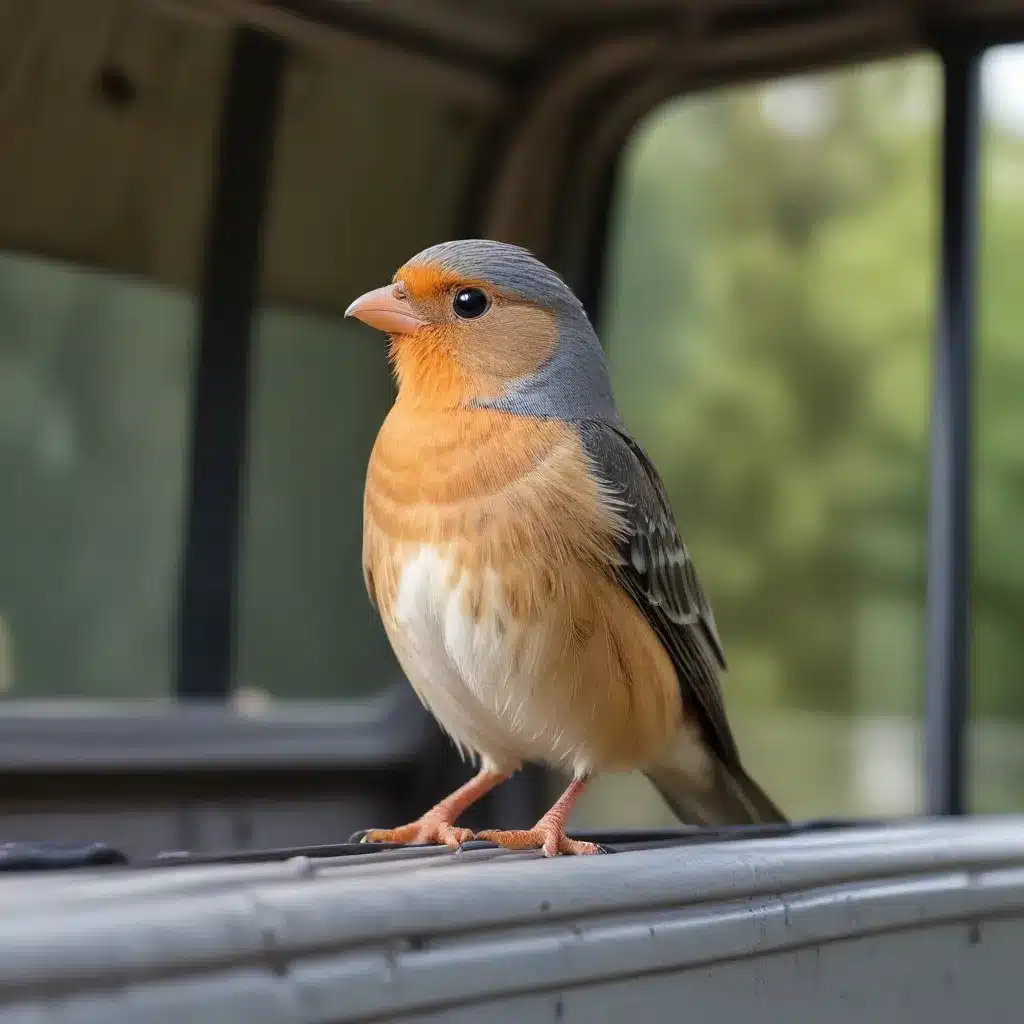
As an experienced avian caretaker, I’ve learned that the well-being of our feathered friends is of the utmost importance, especially when it comes to travel and transport. Whether you’re relocating a beloved pet or managing the movement of an entire flock, there are crucial considerations to keep in mind to ensure a safe and stress-free journey.
Bird Species and Migration Patterns
Understanding the natural behaviors and needs of different bird species is the foundation for ensuring their safety during travel. Native and migratory birds often exhibit distinct patterns of movement and habitat preferences that can significantly impact how they respond to the disruption of transport.
Migratory birds, for instance, may be more accustomed to long-distance journeys, but the abrupt change in environment and routine can still be unsettling. Conversely, non-migratory species may be less equipped to handle the stresses of relocation, requiring extra care and attention.
Environmental factors like weather, seasonal changes, and predatory threats can also influence a bird’s instinctual responses during travel. Being mindful of these variables can help us anticipate potential challenges and develop tailored strategies to meet the unique needs of our avian companions.
Bird Caging and Containment
Proper cage design and size are essential for maintaining the health and well-being of birds in transit. Cramped or inadequate enclosures can lead to distress, injury, and even fatality. When selecting cages or carriers, it’s crucial to consider the bird’s size, activity level, and specific housing requirements.
Ventilation and climate control are equally important. Birds are sensitive to temperature fluctuations and poor air circulation, which can quickly become life-threatening. Ensuring a comfortable and well-regulated environment is a must, whether transporting a single pet or an entire flock.
Challenges in Bird Transportation
The stress and anxiety associated with travel can be a significant obstacle for birds. Unfamiliar sights, sounds, and sensations can trigger panic and disorientation, leading to self-harm or even attempted escape. Careful management of the bird’s environment and regular monitoring of their behavior are essential to mitigate these risks.
Equally important is ensuring that birds have access to food and water throughout the journey. Dehydration and malnutrition can quickly take a toll, especially on long-distance trips. Providing ample, easily accessible sustenance can go a long way in keeping our feathered friends healthy and content.
Regulatory Guidelines and Best Practices
Navigating the complex web of domestic animal transport regulations is a critical aspect of safe avian travel. Understanding the specific requirements for your region, as well as any special considerations for the species you’re transporting, can help ensure compliance and avoid costly delays or legal issues.
In addition to regulatory guidelines, industry best practices offer valuable insights into the most effective and humane methods for relocating birds. From proper caging and handling techniques to emergency response protocols, these recommendations can be invaluable in ensuring a smooth and successful journey.
Preparing Birds for Travel
Before embarking on any travel, it’s essential to ensure that your birds are in optimal health and condition. Comprehensive pre-travel health and wellness checks can identify potential issues and allow you to address them before the journey begins.
Equally important is acclimating your birds to the cages or carriers they’ll be using during transport. Gradually introducing them to the enclosures, allowing them to become comfortable and familiar with their temporary homes, can go a long way in reducing stress and anxiety during the actual move.
In-Transit Bird Care
Monitoring the behavior and condition of your birds throughout the journey is crucial. Observing for signs of distress, such as excessive vocalizations, feather plucking, or lethargy, can help you quickly identify and address any issues that may arise.
Being prepared to respond to emergencies or unexpected situations is also essential. Knowing how to provide first aid, administer medications, or even perform an emergency relocation can mean the difference between a successful trip and a tragic outcome.
Destination Arrival and Release
Safely introducing your birds to their new environment is the final critical step in the travel process. Carefully observing their acclimation and providing ongoing support can help ensure a smooth transition and minimize the risk of escape or injury.
Continued post-travel monitoring and care are also essential. Observing your birds’ behavior, health, and overall well-being in the days and weeks following their arrival can help identify any lingering effects of the journey and allow you to address them promptly.
Ethical Considerations in Avian Transport
As responsible avian caretakers, we must always consider the broader implications of our actions. Minimizing disruption to bird populations, both local and migratory, is a crucial ethical consideration. Ensuring that our transport practices do not negatively impact the delicate balance of ecosystems is a responsibility we must take seriously.
Equally important is our commitment to the welfare of the individual birds in our care. From the moment we begin planning a journey to the final moments of release, the well-being of our feathered friends must be our top priority. By upholding the highest standards of ethical conduct, we can ensure that our avian companions experience the safest and most compassionate travel possible.
As an experienced avian caretaker, I’ve encountered a wide range of challenges and triumphs in the realm of bird travel and transport. By drawing on my expertise and the invaluable insights gleaned from the resources provided, I hope to empower fellow enthusiasts with the knowledge and confidence to ensure the safety and well-being of their beloved birds during even the most daunting journeys. Remember, our feathered friends trust us to be their guides and protectors, and it is our duty to honor that trust with unwavering dedication and care.


